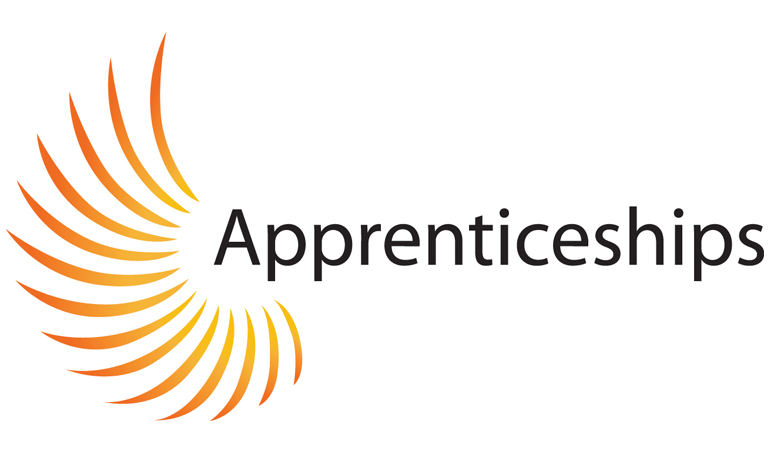 Studies show that 80% of employers say that hiring an apprentice increases productivity in the workforce
Studies show that 80% of employers say that hiring an apprentice increases productivity in the workforceApprenticeships can help to add great value to your business and can give a worker the helping hand they need to get into a new industry. There are a few things to consider when looking to offer an apprenticeship, so read on for tips on how to get started.
The National Apprenticeship Service was launched in 2008 as an initiative to help people learn about the benefits of apprenticeships and to encourage companies to consider offering them. The idea of apprenticeships is to increase skill levels across the country and to help both newcomers and companies benefit from them.
The apprenticeship levy
There are apprenticeship schemes in operation across the whole of the UK and since April 2017, these have been funded by an apprenticeship levy and government funding. Larger companies with a salary bill of over £3 million each year have to pay 0.5% of their wage bill to this levy to help fund apprenticeships.
If a company offers more apprenticeships than their levy payment covers, they can pay 10% of the extra training costs and the government will pay the remaining 10% of the costs. If a company has under 50 employees, or if the apprentice is 16 to 19 years old, the government pays the entire cost.
How apprenticeships work
Usually, an apprenticeship means the person will spend 4 days per week with the company and one day per week at college completing their professional qualification. Intermediate apprenticeships are level 2 and are the equivalent of a GCSE, while advanced apprenticeships are at level 3 and are the equivalent of an A Level. Higher apprenticeships are at level 4 and 5 and these are similar to higher education certificates and diplomas. At level 6, this is like bachelor’s degree level study.
Benefits to employers
As well as benefiting employees, apprenticeship scheme also benefit companies. As an employer, hiring an apprentice is cost-effective, as it is cheaper than hiring a new regular worker and helps to upskill the workforce. Studies show that 80% of employers say that hiring an apprentice increases productivity in the workforce.
Over 1.4 million people have started an apprenticeship since May 2015 and those taking part are very positive about the benefits. A level 2 apprenticeship boosts earnings by 11%, while a level 3 apprenticeship increases earnings by 16%, so there are many monetary benefits to the apprentice as well as the employer.
Employers can get the most out of the apprenticeship scheme by having a progressive attitude and looking ahead to the growth of the company as a whole. By hiring apprentices, companies invest in their staff and grow their businesses while improving productivity and filling any skills gaps in the workforce.
The Trailblazer scheme
In addition, the “trailblazer” high-quality apprenticeship schemes allow the employer to become involved in shaping the type of training available, which makes it even more beneficial for the company. This forward-thinking apprenticeship strategy now makes up over 40% of all apprenticeships and offers companies a stronger position to have an impact on the training and to increase the relevancy of the apprentice’s newly acquired skills.








